You cannot look at world history without looking at the Renaissance as an essential part of world history; the Renaissance period was a time of rebirth and a period that changed the world forever.
An essential characteristic of the Renaissance was Renaissance humanism. Renaissance humanism was a movement that started in the 14th century and then swept throughout Europe. Renaissance humanism began to answer the question of “what it means to be human?”
Table of Contents
- Renaissance Humanism – A Major Characteristic of The Renaissance
- 8 Major Characteristics Of Humanism In The Renaissance Era
- Study Of Art And Literature From Antiquity (Mainly Greece and Rome) In The Renaissance
- Interest In Languages (In Particular Latin) In The Renaissance
- Importance Of Individual Education In The Renaissance
- The Private And Civic Virtue Rebirth Of The Renaissance
- The Renaissance Rejection Of Scholasticism
- The Renaissance Saw Acceptance Of Non-Religious Studies
- The Renaissance Saw The Rebirth Of The Importance Of The Arts
- The Renaissance Asked The Question,” What Does It Mean To Be Human?”
- Frequently Asked Questions
- Related Questions
Renaissance Humanism – A Major Characteristic of The Renaissance
The Renaissance era in Europe took place from the 14th century to about the 17th century and was a significant time of change in Europe. No other change was as substantial as the intellectual movement that became known as Renaissance Humanism or the philosophy of humanism.
The Renaissance Humanism movement was an intellectual movement that saw a revival in the classical world and an interest in what it meant to be human. The focus was no longer on religion, but the focus shifted to include things such as individuals doing good for themselves and society.
In the Renaissance, they did not call it humanism; instead, it was a shift in thinking. The term Humanism was coined in the 19th century to describe the changes in Europe during the Renaissance era.
8 Major Characteristics Of Humanism In The Renaissance Era
The Humanism philosophy penetrated the entire society of the Renaissance era. Everything from the writings, arts, and science of this era. It was a break in religion and thoughts of the day, which had been the primary influence during the Dark and Middle Ages.
Some of the significant characteristics of Humanism in the Renaissance include:
Study Of Art And Literature From Antiquity (Mainly Greece and Rome) In The Renaissance
The Renaissance considerably revises the ancient classics, mainly Greek and Roman. To add to the allure of this, in places like Rome, statues that had once been buried were being unearthed as Rome started to expand its borders.
We can see this importance in many Greek statues unearthed during this time. Three of the most essential statues include:
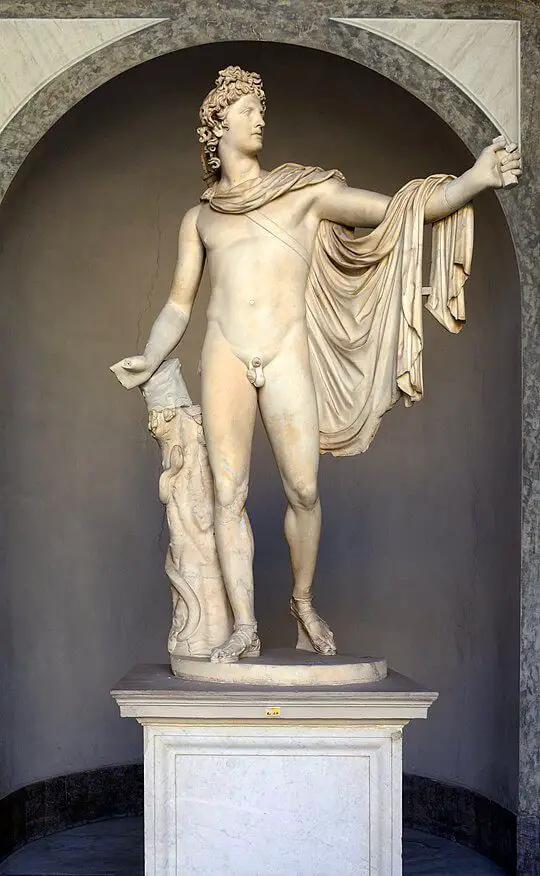
- Apollo Belvedere – The Apollo Belvedere statue is an excellent example of classical Greek art and sculpture as it shows the best of nature, arts, and humanity in one figure.
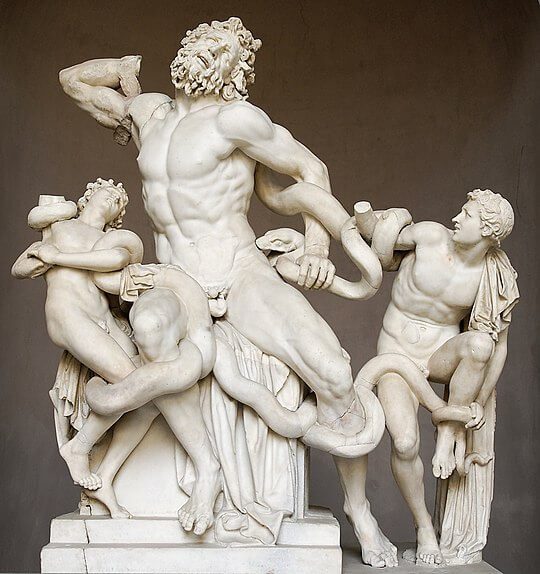
- Laocoon – Laocoon is a Roman statue from Greek mythology, and the unearthing of the statue became a significant event in Rome during the Renaissance.

- Belvedere Torso – The Belvedere torso is a Roman copy of a Greek original statue and was unearthed in Rome in 1523.
If you want to learn more about these statues and the influence of Greece and Rome on the Renaissance, you can read our blog Greek and Rome Influences On Renaissance Art by clicking here.
Interest In Languages (In Particular Latin) In The Renaissance
The Renaissance saw a revival in languages, particularly Latin and Philology. Philology is about studying language in literary sources and combines literary sources with history and linguistics.
The Renaissance was a revival of the use of the Latin language. The Renaissance started understanding that language could account for differences in cultures’ character and minds.
An example of this was the many studies that Lorenzo Valla undertook. Lorenzo Valla was one of the most essential Humanists that lived during the Renaissance. He undertook comparative studies to establish the connection between language, culture, and human mentality.
Importance Of Individual Education In The Renaissance
The Renaissance was a time of rebirth, and one of the essential aspects of it was the importance of education in the lives of the individual. Education in the Renaissance centered around the rediscovery of cultures like Ancient Greece and Rome; it was a time of rediscovery and the rebirth of a civilization.
Education was also seen as a way to improve society while also helping to increase economic prosperity. People were encouraged to study and expand upon their intellectual thoughts and ideas, especially from the classical era.
Along with the importance of the individual, the Renaissance also emphasized the individual and their own moral beliefs and autonomy.
The Private And Civic Virtue Rebirth Of The Renaissance
The Renaissance and the humanism thought also show a massive increase in private and civic virtues. This can be seen in the many art patrons supporting the arts. Some of these art parties supported the arts for their personal collections.
But many more art patrons would support the arts so that they could contribute or leave something for humanity or society.
To learn more about Renaissance art partons, read our blog “Renaissance Era Patrons And Their Role With Artists.” by clicking here.
The Renaissance Rejection Of Scholasticism
The Renaissance saw a rejection of Scholasticism. Scholasticism was the philosophy of the many medieval Christian thinkers who based their thinking on Aristotelian logic and the writing of many early Church Fathers; the philosophy strongly emphasized tradition and dogma.
In other words, Scholasticism was about keeping a narrow view and following traditions. The Renaissance was an era where there was a clear rejection of this way of thinking.,
Scholars such as John Duns Scotus (1266- 1308), William of Ockham (1285 – 1347), and Meister Eckhart (1260 – 1328) all helped to ensure that the thinking of Scholasticism was rejected, and they revised the thinking of the Middle Ages; they helped to lead the way to the time or rebirth or the Renaissance.
The Renaissance Saw Acceptance Of Non-Religious Studies
The Renaissance saw a revival and acceptance of non-religious studies. A great example is Leonardo da Vinci, who was known to have dissected at least 30 human cadavers during his lifetime.
Today, Leonardo is known and considered an artist, yet he painted very few paintings. Still, he spent much of his time in other pursuits, such as studying medicine and the human body, inventions, architecture, and city planning. Many consider him the ultimate Renaissance man because he is willing to learn new things constantly.
The Renaissance Saw The Rebirth Of The Importance Of The Arts
The Renaissance saw a great rebirth in the importance of the arts. Everything from poets and writers to artists. At the core of this is the belief that these poets, writers, and artists could all help lead humanity to a better way of life and living.
Some of the world’s greatest thinkers, authors, politicians, artists, and scientists were able to thrive during the Renaissance era. From an artistic standpoint, some of the greatest paintings and works of art ever produced were produced in the Renaissance.

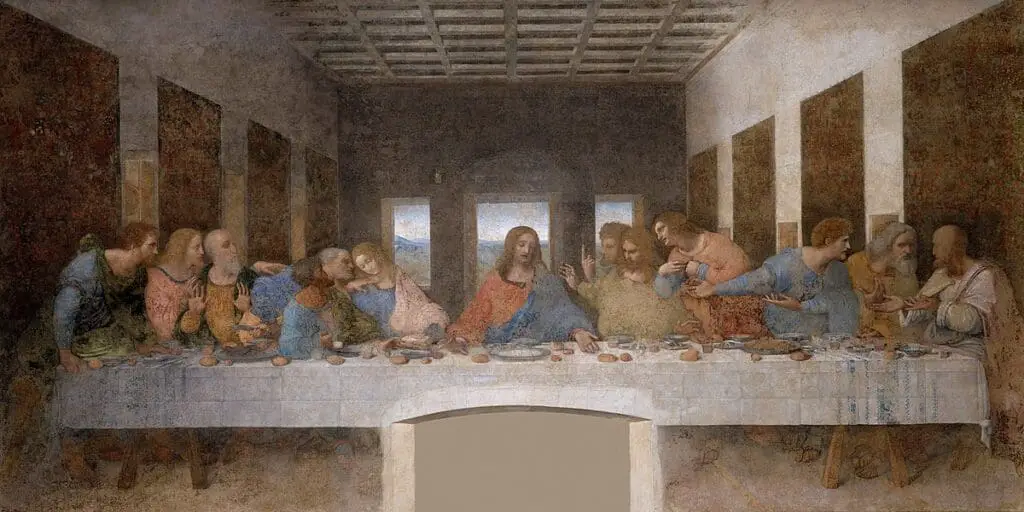
Artworks such as Leonardo’s Mona Lisa and the Last Supper, along with Michelangelo’s statue of David and painting of the Sistine Chapel, are still considered in the top 10 of the most influential and important works of art ever to be produced.
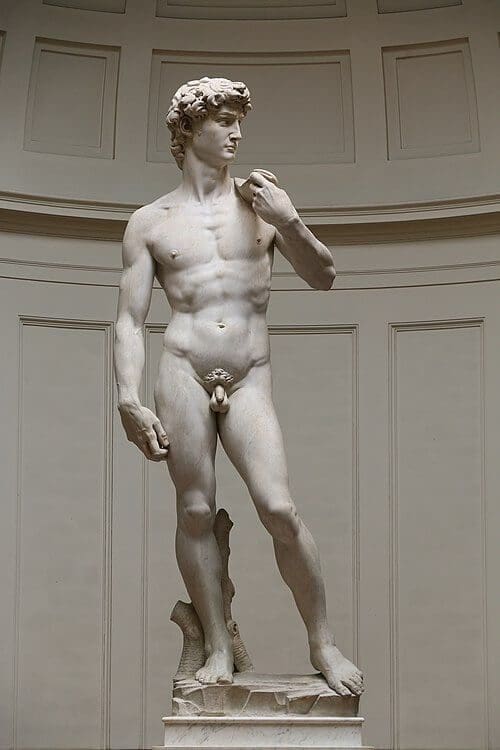
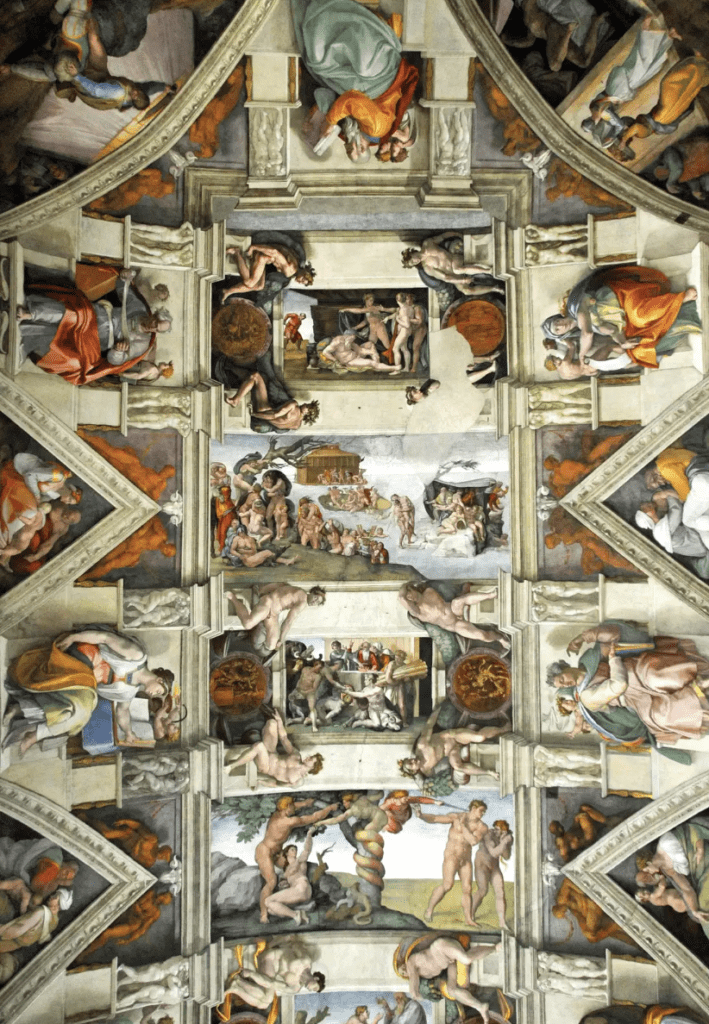
To understand more about some of the top Renaissance artists, you can read our blog, 21 Top Renaissance Artists And Their Works of Art, by clicking here.
The Renaissance Asked The Question,” What Does It Mean To Be Human?”
The Renaissance was when individuals began to ask themselves, “What does it need to be human?” The question is at the humanist movement’s core and the person’s importance as a living, breathing human being.
In the Renaissance, there was a heightened emphasis on human beings and their moral responsibility. During the Renaissance, they used a lot of the classical text and other thoughts to try to answer the question of “what it means to be a human?” Artists, poets, and writers all worked to try to discover the answer to this critical question.
During the Renaissance, the humanist also became interested in living a virtuous life and participating as part of society by doing their civic duty. In trying to answer this question of “what it means to be human,” they also looked at what was their role within society.
The Renaissance changed from the dark and grim era of the Middle Ages to the rebirth or enlightenment of the Renaissance era. At the same time, renaissance humanism spread throughout all of Europe.
The Renaissance was a significant time as it marked a change that was taking place in the world, a change that would continue for hundreds of years.
Anita Louise Art is dedicated to art education, great artists, and inspiring others to find and create their art. We love art that uplifts and inspires. #ArtToMakeYouSmile! #ArtToMakeYouHappy!
If you want to see any of my art, you can find out more by clicking here. If you are interested in what inspires me and my paintings, you can discover more by clicking here.
We have a free newsletter and would love you to be part of our community; you can subscribe to the newsletter by clicking here. If you have any questions, I would be happy to talk to you. You can reach me, Anita, by clicking here.
Subscribe to our Anita Louise Art YouTube Channel with great videos and information by clicking here.
Join us for our podcast “5 Minutes With Art.” Spend just 5 minutes a week with us to discover and learn about great art and artists. You can find out more about our podcast by clicking here.
Frequently Asked Questions
What is the Renaissance, and when did it occur in Europe?
The Renaissance was a cultural, intellectual, and artistic movement that emerged in Europe during the 14th century and reached its peak in the 15th and 16th centuries.
What is Renaissance humanism, and how did it contribute to the period’s cultural changes?
Renaissance humanism was a cultural and intellectual movement that emphasized the study of classical texts, literature, and philosophy. It sought to answer fundamental questions about human existence, knowledge, and morality.
Who were the key figures associated with Renaissance humanism?
Prominent figures include Petrarch, often called the “Father of Humanism,” Erasmus of Rotterdam, and Giovanni Pico della Mirandola. These scholars played crucial roles in promoting humanistic ideals.
How did Renaissance humanism differ from medieval scholasticism?
While medieval scholasticism focused on theological and philosophical discussions within a religious framework, Renaissance humanism shifted attention to classical learning, promoting a more secular and human-centered approach to knowledge.
What impact did the rediscovery of classical texts have on Renaissance humanism?
The rediscovery of classical works from ancient Greece and Rome provided a wealth of knowledge that fueled intellectual inquiry and influenced various aspects of society, including art, literature, and education.
In what ways did the Renaissance change the perception of individuals and their role in society?
Renaissance humanism encouraged a more optimistic view of human potential, emphasizing the importance of individual achievements, creativity, and the pursuit of knowledge.
How did the printing press contribute to the spread of Renaissance humanistic ideas?
The invention of the printing press by Johannes Gutenberg facilitated the mass production of books, making humanistic texts more widely available and accelerating the spread of Renaissance ideas across Europe.
Were there specific artistic manifestations of Renaissance humanism?
Yes, Renaissance art reflected humanistic ideals through the revival of classical styles, emphasis on realism, and portrayal of human anatomy. Artists like Leonardo da Vinci and Michelangelo embodied these principles in their masterpieces.
Did Renaissance humanism impact education during the period?
Absolutely. Renaissance humanism transformed education by promoting a curriculum that included the study of classical literature, history, and philosophy. This shift laid the foundation for the modern liberal arts education system.
How did the Renaissance and its humanistic ideals contribute to the shaping of the modern world?
The Renaissance marked a pivotal moment in history, fostering a spirit of inquiry, creativity, and human-centered thinking. Its impact can be seen in the development of modern science, philosophy, art, and the overall transformation of societal values.
Related Questions
What Was The Focus Of Renaissance Art?
The focus of Renaissance art was on the classics of Greek and Rome, humanist philosophy, and the study of the human figure. Realism was also an essential part of renaissance art. The great artists of the Renaissance also became great anatomists and studied human beings.
By clicking here, you can learn more by reading What Was The Focus Of Renaissance Art?.
What Is The Importance Of Art From The Renaissance Period?
Renaissance art is essential as it was a time of rebirth and discovery. Artists like Leonardo da Vinci, Michelangelo, and Raphael were at the forefront of that change, creation, and discovery. Renaissance art has influenced art and artists for many centuries and continues to influence artists today.
By clicking here, you can learn more by reading What Is The Importance Of Art From The Renaissance Period?.
Did Leonardo da Vinci Believe In God?
Leonardo did not tell us what his belief in God was, but there is evidence that is left that suggests that he held fast to many Christian ideals and beliefs. People such as the artist and author Giorgio Vasari, who knew him and wrote about him, spoke of his character and what a great man he was.
By clicking here, you can learn more by reading Did Leonardo da Vinci Believe In God?.

